Types of Formwork Tensioners
A formwork tensioner is a critical device used in construction to hold formwork in position during concrete placement. These specialized tools ensure structural integrity and dimensional accuracy in concrete construction. Let's explore the various types available for different construction applications:
Tension Rods
Used for both horizontal and vertical tensioning applications. Made of round steel sections that are cast into concrete, available in various diameters based on project requirements.
Best for: Preventing formwork deformation and maintaining precise dimensions
Tie Bars
Inserted across the formwork width to provide stabilization. Each end is secured using a tie plate, helping maintain consistent distance between formwork surfaces.
Best for: Tunnel and wall concrete construction applications
Tension Wires
Thin steel wires stretched longitudinally and transversely across formwork surfaces. Tensioned using specialized devices or manual methods.
Best for: Accurate alignment in large concrete structures
Turnbuckles
Mechanical devices with hooks or eyes at each end, used to adjust tension in tie rods or wires with precision.
Best for: Fine-tuning tension in combination with other tensioning systems
Tensioning Straps
High-strength steel straps wrapped around formwork panels and tensioned with specialized tools.
Best for: Precast concrete elements and preventing blowouts during concrete placement
Pre-stressing Tendons
High-strength steel cables or strands tensioned with hydraulic jacks to provide pre-compression to concrete elements.
Best for: Bridge construction and enhancing load-bearing capacity
Expert Tip: When selecting a tensioner type, consider not only the immediate structural requirements but also the ease of removal after concrete curing. Some tensioners are designed to be partially or fully retrievable, reducing material costs over multiple projects.
| Tensioner Type | Best Application | Main Advantages | Installation Complexity |
|---|---|---|---|
| Tension Rods | General formwork | High strength, versatility | Moderate |
| Tie Bars | Wall construction | Consistent spacing, stability | Low |
| Tension Wires | Large structures | Accurate alignment, flexibility | Moderate |
| Turnbuckles | Precision adjustment | Fine-tuning capability | Low |
| Tensioning Straps | Precast elements | Blowout prevention, reusability | Low to Moderate |
| Pre-stressing Tendons | Bridge construction | Enhanced load capacity | High |
| Tensioning Nuts & Plates | Complementary components | Load distribution, adjustability | Low |
Specifications and Maintenance of Formwork Tensioners
Understanding the key specifications of formwork tensioners is essential for selecting the right equipment for your construction project. These specifications directly impact performance, safety, and project outcomes.
Critical Specifications
- Load capacity: Must exceed the expected weight and pressure of concrete by a safety margin
- Size and dimensions: Affects load capacity and application suitability
- Material: Carbon steel, stainless steel, or alloy steel with varying strength and corrosion resistance
- Thread specification: Determines tension capability and compatibility with nuts/bolts
Additional Specifications
- Connection type: Welded or mechanical joints for secure attachment
- Finish: Galvanized, painted, or anti-corrosion coatings for environmental protection
- Application: Specially designed features for specific construction scenarios
- Reusability: Single-use vs. multiple-use designs affecting project economics
Maintenance Advice: Establish a regular maintenance schedule for your formwork tensioners. This preventative approach can extend equipment lifespan by up to 40% compared to reactive maintenance strategies, significantly reducing replacement costs over time.
Essential Maintenance Practices
Proper maintenance is crucial for ensuring the safety, reliability, and longevity of formwork tensioners. Follow these industry-recommended maintenance procedures:
| Maintenance Task | Frequency | Procedure | Benefits |
|---|---|---|---|
| Regular Inspection | Before/After Each Use | Check for wear, damage, corrosion, and proper functioning | Early problem detection, accident prevention |
| Cleaning | After Each Use | Remove dirt, concrete spillage, dust using mild detergent | Prevents material buildup, extends lifespan |
| Lubrication | Monthly | Apply appropriate lubricant to moving parts | Reduces friction, prevents wear and tear |
| Replacement Assessment | Quarterly | Evaluate tensioners for replacement needs | Prevents formwork failure and project delays |
| Proper Storage | When Not in Use | Store in clean, dry, secure location | Prevents theft and environmental damage |
How to Choose Formwork Tensioners
Selecting the appropriate formwork tensioner is a critical decision that impacts construction safety, efficiency, and final concrete quality. Consider these key factors to make an informed choice:
Project Requirements
Evaluate the specific needs of your construction project, including concrete element size/shape, tensioning duration, and concrete type.
Decision tip: Large elements may require external tensioners, while complex designs often need internal tensioning systems
Load Capacity Analysis
Calculate maximum tensioning force required and select a tensioner with appropriate safety margin to prevent failure.
Safety rule: Choose tensioners with at least 1.5-2x the calculated maximum load
Selection Strategy: When working with high-performance concrete or specialized formulations, consult with both your concrete supplier and tensioner manufacturer. The pressure characteristics of some concrete mixtures can vary significantly from standard formulations, requiring specific tensioning solutions.
Additional Selection Criteria
Beyond the fundamental considerations, these factors will help you optimize your tensioner selection:
| Selection Factor | Considerations | Impact on Project |
|---|---|---|
| Material Selection | Steel for strength/durability, aluminum for weight/corrosion resistance | Affects tensioner longevity and performance in varied environments |
| Ease of Use | Simple tensioning/loosening mechanisms, weight, handling characteristics | Impacts labor efficiency, installation time, and worker fatigue |
| System Compatibility | Integration with existing formwork components and accessories | Reduces need for additional equipment purchases |
| Cost Analysis | Initial investment vs. durability, reusability, maintenance requirements | Affects overall project budget and long-term equipment value |
| Supplier Reputation | Track record, customer reviews, technical support availability | Ensures product quality and access to expertise when needed |
DIY Installation and Replacement Guide
Installing or replacing formwork tensioners can be accomplished effectively with proper planning and execution. Follow this step-by-step guide to ensure safe and successful implementation:
Choose a tensioner that matches your formwork system's requirements, considering size, capacity, type, and material. Ensure compatibility with existing components and verify that it meets load requirements with appropriate safety margins.
Gather all necessary tools including wrenches, pliers, torque tools, and measuring devices. Collect new tensioners along with required accessories such as bolts, nuts, washers, and spacers. Having everything ready will streamline the installation process.
Carefully loosen and remove nuts, bolts, and fasteners connected to the old tensioner. Exercise caution as the tensioner may still be under load. Document the original configuration to assist with new installation.
Safety Warning: Always ensure formwork is properly supported before removing any tensioning components. Never remove tensioners from loaded formwork without appropriate temporary supports in place.
Thoroughly examine the formwork for damage, wear, or deformation. Make any necessary repairs to ensure the formwork is in optimal condition before installing the new tensioner. This step is crucial for preventing future issues.
Position the new tensioner according to manufacturer specifications, ensuring proper alignment. Securely attach all fasteners, tightening to the specified torque values. Double-check all connections for security.
Using appropriate tools, carefully adjust the tensioner to achieve the required tension level. Ensure the formwork remains properly aligned and supported throughout this process. Verify measurements to confirm desired specifications.
Conduct a comprehensive inspection of the installation, checking all fasteners, connections, and alignment. Verify that the tensioner is functioning correctly and that the formwork is properly positioned and secured.
Thoroughly clean the work area, properly disposing of old materials and organizing tools. Document the installation details including tensioner specifications, installation date, and torque settings for future reference.
DIY Tip: Take photos before and during the disassembly process to document the original configuration. These visual references can be invaluable during reinstallation, especially for complex formwork systems.
Frequently Asked Questions
A formwork tensioner is a specialized device used in construction to apply and maintain tension in formwork systems. These devices ensure that formwork remains in the correct position during concrete placement, resisting the pressure exerted by fresh concrete. Proper tensioning is essential for maintaining the dimensional accuracy and structural integrity of the concrete structure.
Tensioning plays a critical role in formwork systems for several reasons:
- Structural Stability: Ensures the formwork remains rigid and stable against concrete pressure
- Dimensional Accuracy: Maintains precise dimensions and alignments in the final concrete structure
- Safety Enhancement: Prevents formwork collapse or failure during concrete placement
- Quality Assurance: Delivers consistent, high-quality concrete surfaces and finishes
- Construction Efficiency: Reduces the need for rework due to formwork movement or deformation
Formwork tensioners are utilized by various construction professionals, including:
- General Contractors: For overall project execution and concrete structure construction
- Formwork Engineers: In designing and implementing effective formwork systems
- Concrete Specialists: During concrete placement and curing operations
- Construction Workers: For daily installation, adjustment, and removal of formwork
- DIY Builders: In smaller-scale construction projects requiring concrete formwork
Formwork tensioners are manufactured using various materials, with selection based on application requirements:
- High-Strength Steel: Most common material, offering excellent tensile strength and durability
- Stainless Steel: Used in corrosive environments or when frequent exposure to moisture is expected
- Aluminum Alloys: Employed when weight reduction is important, offering good corrosion resistance
- Composite Materials: Used in specialized applications requiring specific properties
Most tensioners feature protective coatings such as galvanization, zinc plating, or powder coating to enhance corrosion resistance and extend service life.
Yes, many formwork tensioners are designed for reuse across multiple construction projects, though reusability varies by type:
| Tensioner Type | Reusability | Considerations |
|---|---|---|
| External Tensioners (Turnbuckles, Straps) | Highly Reusable | Can be used for many projects with proper maintenance |
| Recoverable Internal Tensioners | Moderately Reusable | Partial recovery possible, some components may remain in concrete |
| Sacrificial Tensioners | Not Reusable | Remain permanently embedded in the concrete structure |
The economic advantage of reusable tensioners can be significant in large-scale or long-term construction projects, though this must be balanced against the time required for recovery and reconditioning.









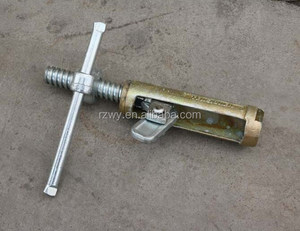
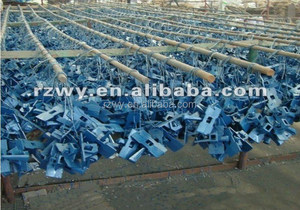

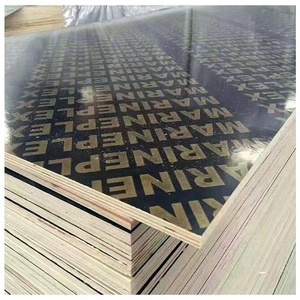
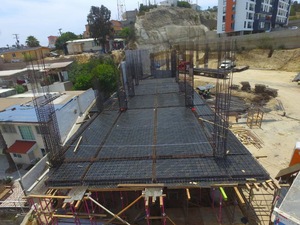

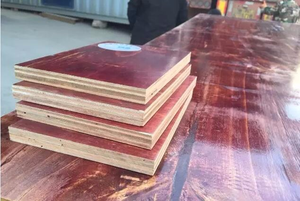
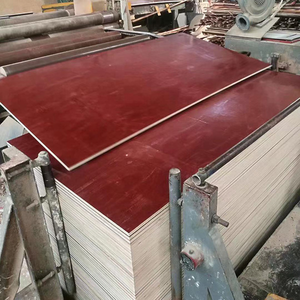





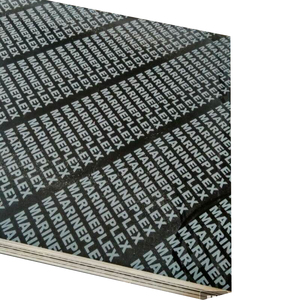
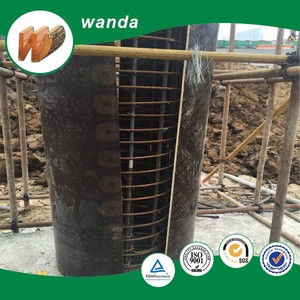



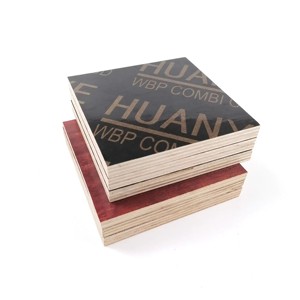



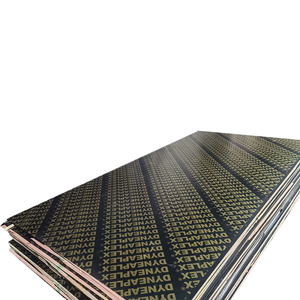



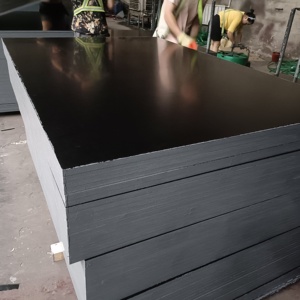




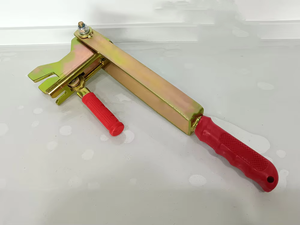




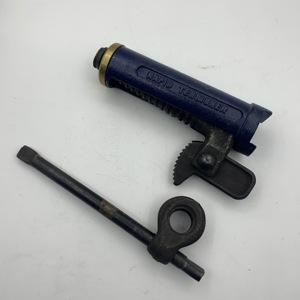
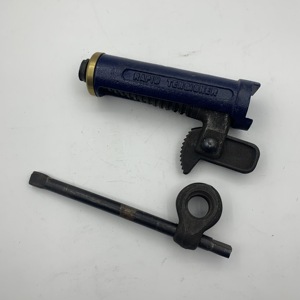



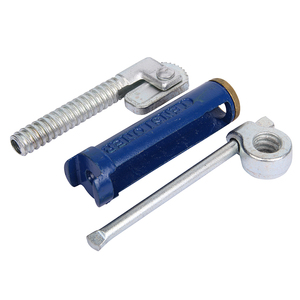





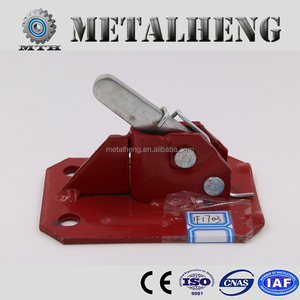

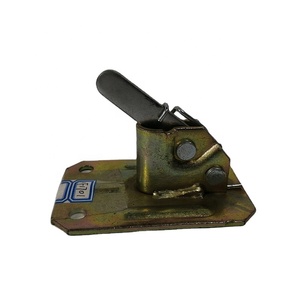








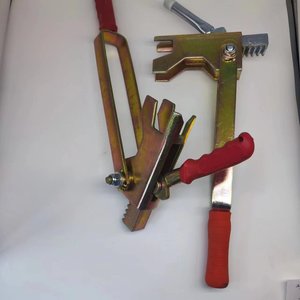
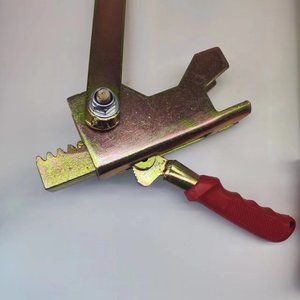





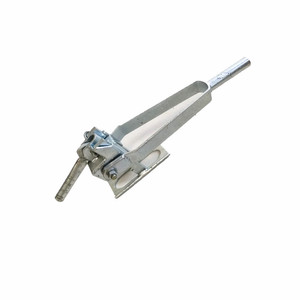
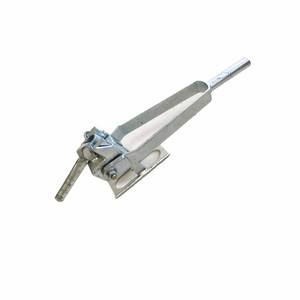
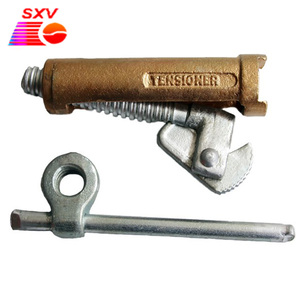
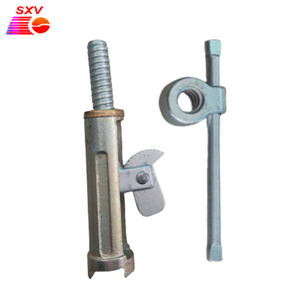



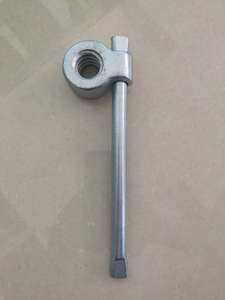



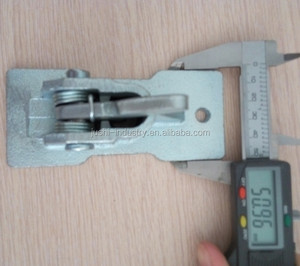









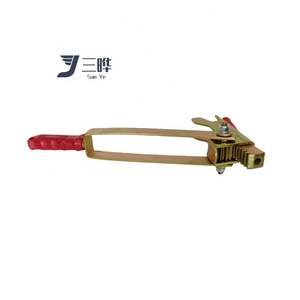



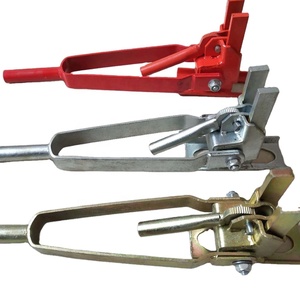
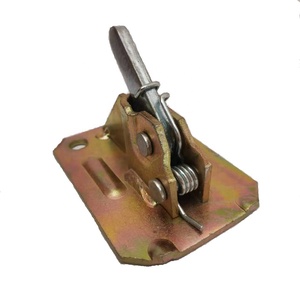





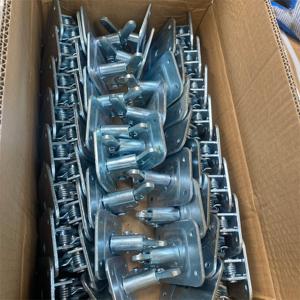










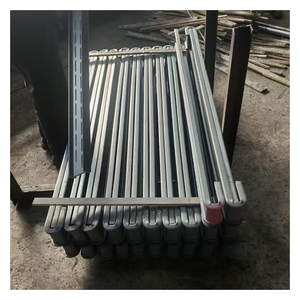
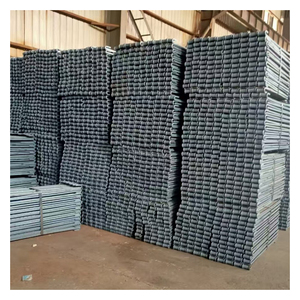






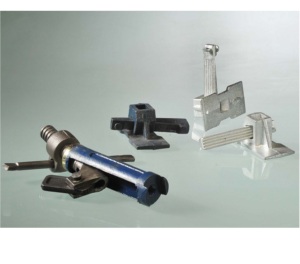







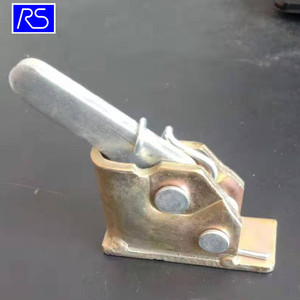
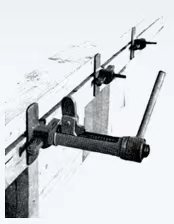
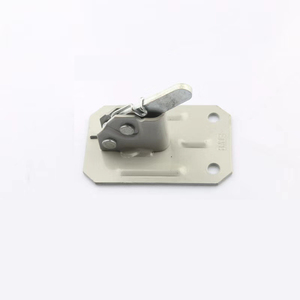


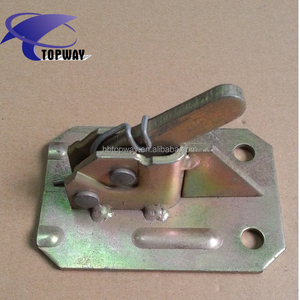















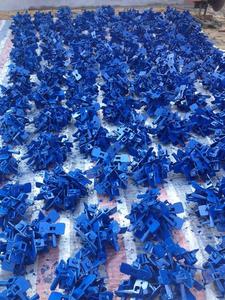
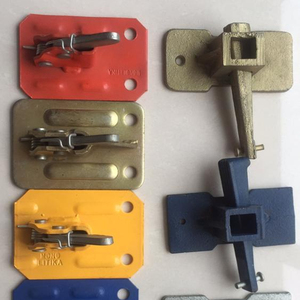




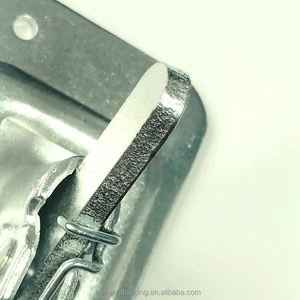

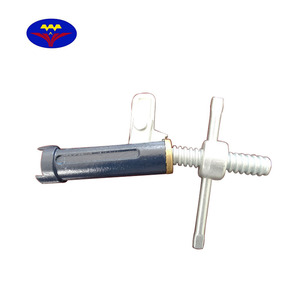












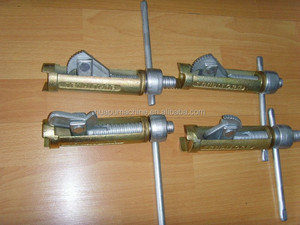






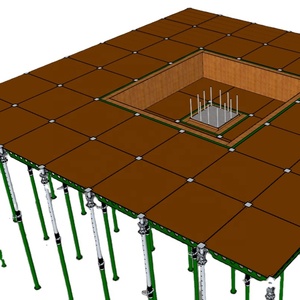







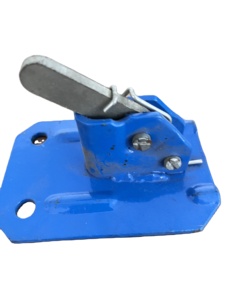







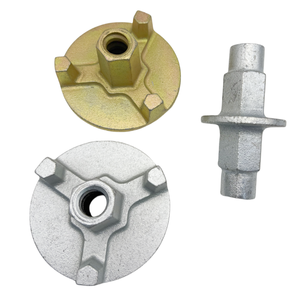


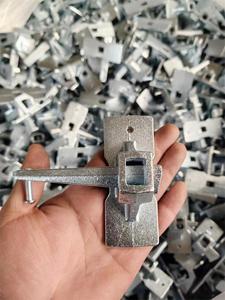

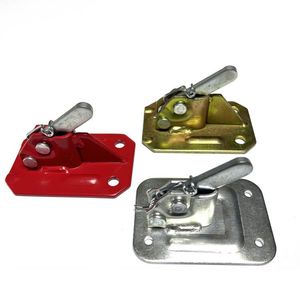
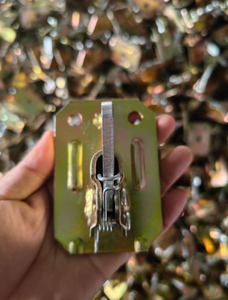









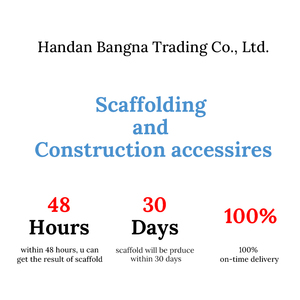

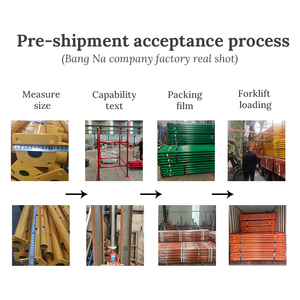







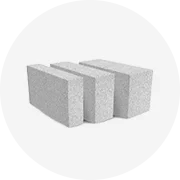
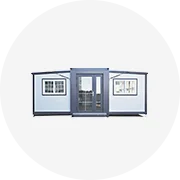
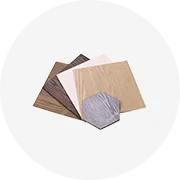
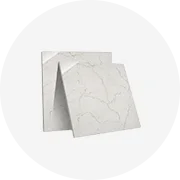

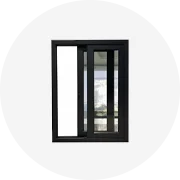

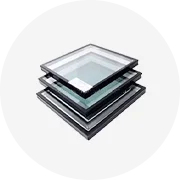
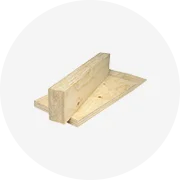

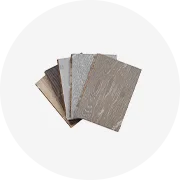
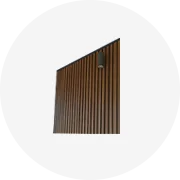
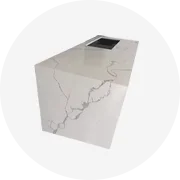
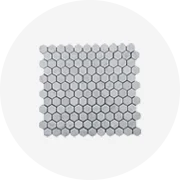
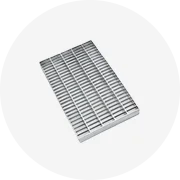
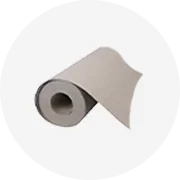






 浙公网安备 33010002000092号
浙公网安备 33010002000092号 浙B2-20120091-4
浙B2-20120091-4